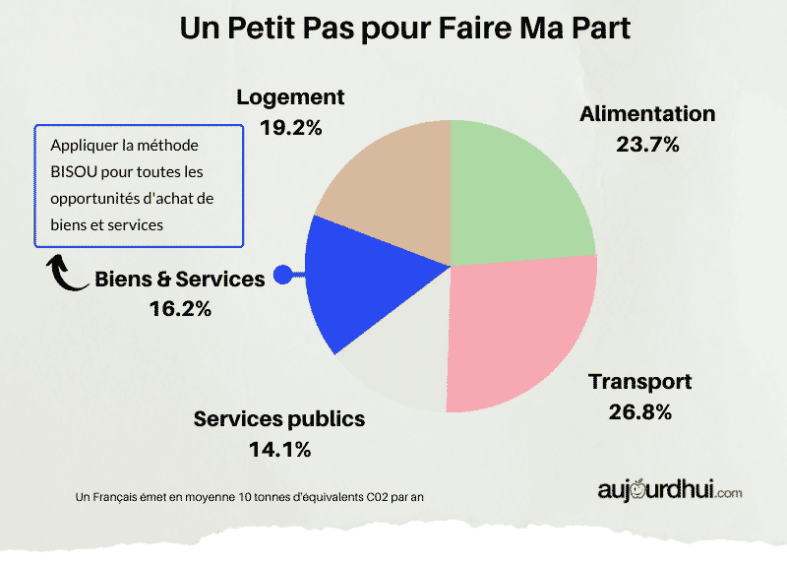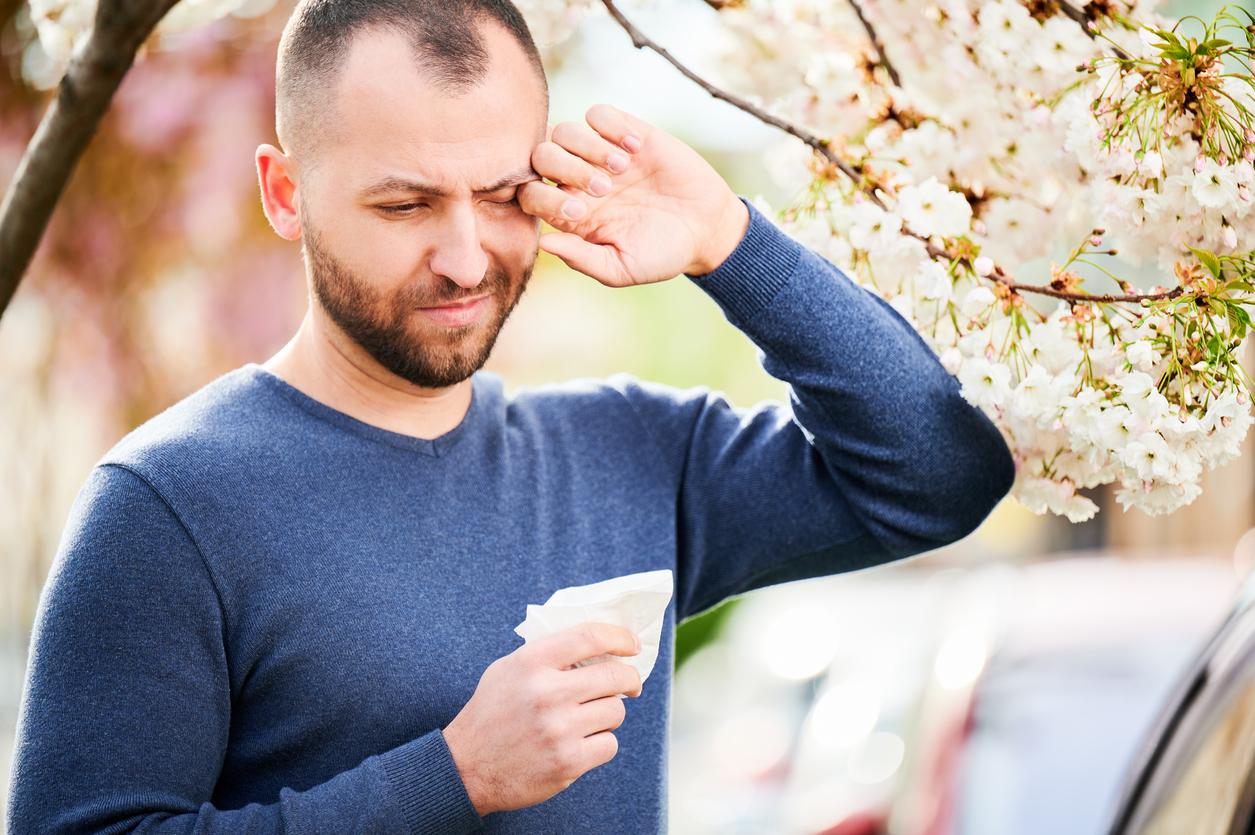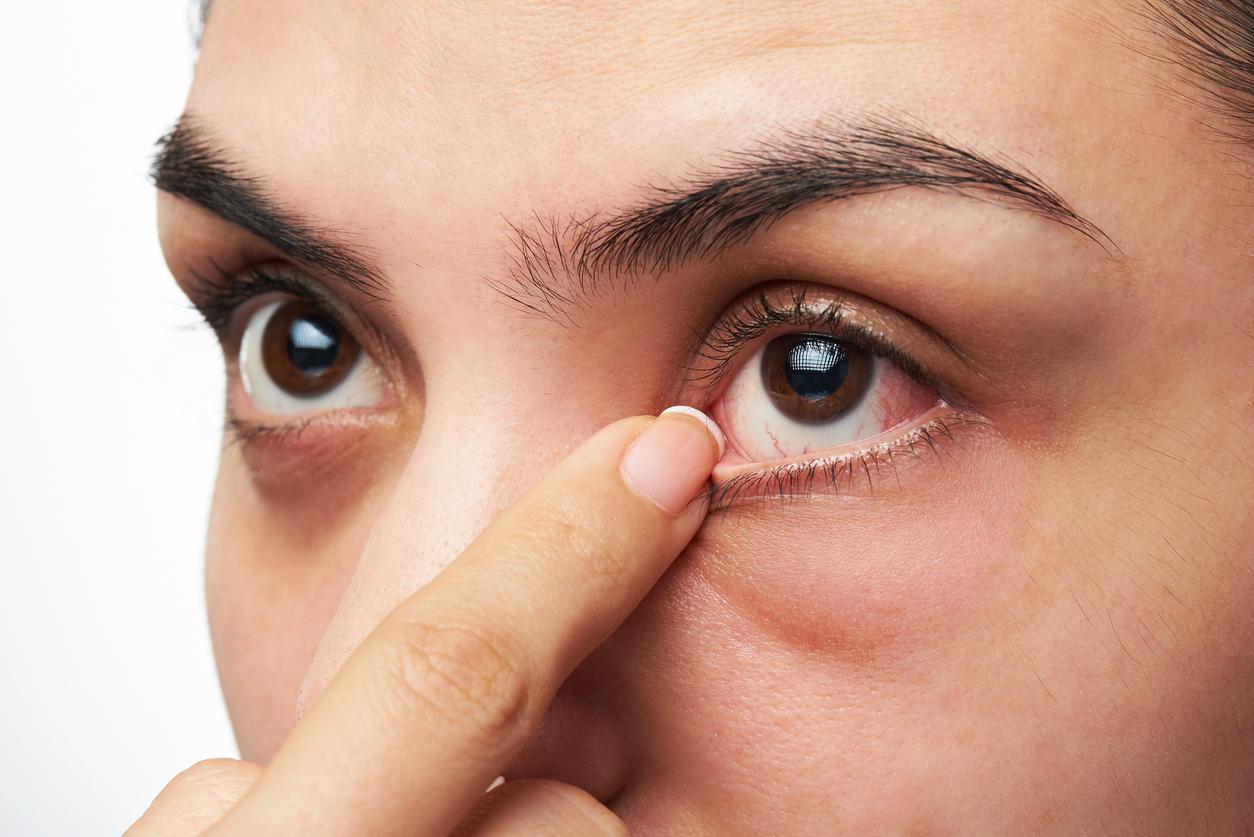For some products, it’s quite simple to avoid low-quality fats, excess sugars and salt, and food additives, especially those that aim to compensate for poor quality by mimicking, exacerbating, or restoring the taste, aroma, texture, or color of “the real thing.”
To meet there? The more the product is complex and far from raw food, the more it is processed, and the more its composition is likely to be questionable. For example, you can easily buy yogurts in the “natural” version, made of milk and lactic ferments, which are minimally processed and without harmful additions. But if they are chosen with fruit, they will certainly contain fruit (generally 15% maximum, sometimes less than 10%), but also added sugars, probably flavorings and perhaps even thickeners: they become ultra-processed and rich in additives. If they are lightened, their texture has been changed (the recipe is then called “creamy” or “unctuous”), they are associated with whipped cream, chocolate… you will find emulsifiers (transformed starches), skimmed milk powder, thickeners, sometimes glucose-fructose syrup or gelatin: then they no longer have much to do with the simple milk and ferments duo of real yogurt t… and become industrial sugar “bombs”.
Same thing for pasta: no problem if you buy it raw, but the cooked version will be very different: fattier, saltier, with various additives. The example of nuggets is also edifying since we find in them only 40 to 50% chicken meat (muscle), the rest consisting mainly of nerves, skin, viscera, and various binders, acidifiers, enhancers of taste, artificial flavourings… little relation to chicken breast, even breaded! Once these industrial processes are in mind, we choose our prepared products as simple and as close as possible to natural food, and we enrich ourselves for more balance.
Everything is written on the label
The easiest way is to read the nutritional label of the product (and not the advertising mentions and other claims on the packaging), in particular the list of ingredients which appears there (it is obligatory). If it contains more than 5 ingredients, there are great risks (about 75%) that the food is ultra-processed. And in this list, the names of ingredients “which we don’t understand anything about” (protein isolates, maltodextrins, etc.) are generally either substances obtained by fractionation of raw products (cracking) or chemical synthesis, or additives, flavor enhancers, emulsifiers, colorants, acidity correctors, sweeteners… In short, if you don’t understand all the terms on the label, that’s a bad sign and it’s better to look for a cleaner equivalent. On the other hand, if the first ingredient indicated is sugar (for a cookie, dessert, chocolate, etc.), we know that the product will be very high in calories and hyperglycemic (it will cause the blood sugar level to rise very quickly), which is not good for either satiation or health.
What do I do at the supermarket?
>> This artisanal cassoulet, do I have to rest it? A fully prepared dish that just needs to be reheated can be of good quality! It’s rarer with an industrial brand can (although there are some!), but a truly artisanal or traditional production, without additives or preservatives can be very close to a homemade recipe and prove to be satisfactory, both nutritionally and for the pleasure of our taste buds: it is in a way “well” transformed…
>> The salad in a bag, I avoid? It was washed with chlorinated water (but at a very low concentration and without danger) then dried and packaged in a protective atmosphere. However, if it lacks some of its micro-organisms (which could enrich our intestinal flora), it can be without preservatives, and still contain fiber and vitamins. It’s not as good as freshly prepared yourself, of course, but it’s still acceptable… and better than not eating salad at all!
>> Are vegetarian or vegan products less risky? Absolutely not: a recent NutriNet study shows on the contrary that this diet which is believed to be healthier actually leads to eating more ultra-processed foods: 39.5% of the energy ratio for a vegan and 37% for a vegetarian. versus 33% for a meat eater. A paradox, explained by an increased consumption of plant-based steaks, fake sausages, fauxmages offered by the agri-food industry which sees a juicy market there. It is therefore better to choose a salmon steak or a veal chop or, for vegetarians, lentils or natural chickpeas, than one of these substitutes.
>> Organic is better? You can find everything organic in terms of ready-to-eat foods, including ultra-processed foods such as plant-based steaks, extruded breakfast cereals, or puffed rice cakes. Their quality is therefore not guaranteed and, for prepared products, organic should not be the first criterion: you have to focus on the ingredients. Indeed, around 50% of industrial organic products are ultra-processed (source Siga). However, among products labeled organic, about twice as many contain only one “ultra-transformation marker” (which makes them more correct products than conventional ones).
>> Logos and claims, can I rely on them? Some put us on the right track:
- A “natural” product is as it is found in nature
- A “pure” product is composed of a single element
- An “old-fashioned, traditional” product is additive-free
- A “red label” product obeys specifications that guarantee superior quality.
- A PDO (Protected Designation of Origin) product guarantees local terroir and know-how.
Our expert: Dr Anthony Fardet, food engineer, author of Stop ultra-processed foods, let’s eat real (ed. Thierry Souccar)
Read also :
- Charcuterie: what exactly are nitrites?
- Food: one in four additives should be avoided
- Ultra-processed foods increase cancer risk





















